#girmit
Text
Better than bhel puri: Girmit or mandakki
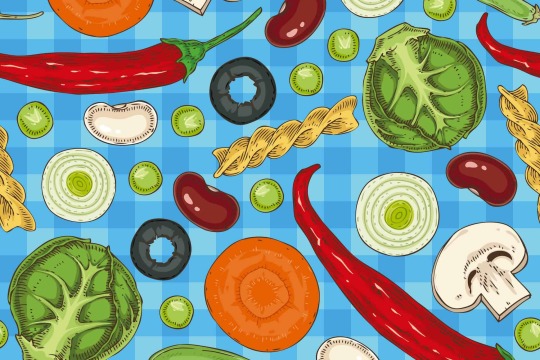
View On WordPress
0 notes
Text

Happy Girmit Day, Fiji!
#Fiji#flag of Fiji#vacation#holidays#holiday#celebration#selfie#photo#photos#memories#travel memories#vacation memories
2 notes
·
View notes
Text
Ministry committed to representation of women - FBC News
The Ministry of Public Enterprises aims to promote the representation of women at ... Suva City comes to life with Girmit float procession ...
0 notes
Text
Meri saheli magazine
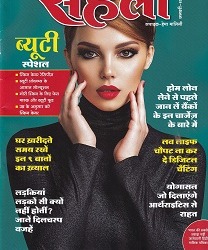
Meri saheli magazinepublished this article page no 26 all such migrations were covered under the time-bound contract known as girmit act indian emigration act. however the living conditions of these indentured labourers were not better than the slaves. the second wave of migrants ventured out into the neighbouring countries in recent times as professionals artisans traders and factory workers in search of economic opportunities to thailand malaysia singapore indonesia brunei and african countries etc. and the trend still continues. there was a steady outflow of indias semi-skilled and skilled labour in the wake of the oil boom in west asia in the 1970s meri saheli magazine monthly subscription.
0 notes
Text
RESEARCH LECTURE
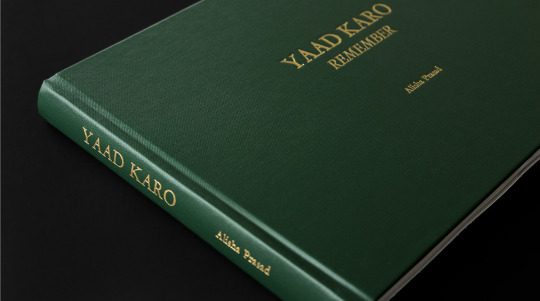
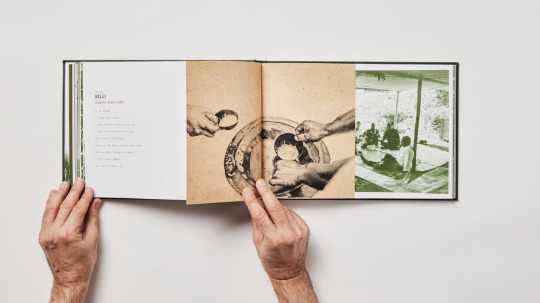


The work of Alisha Prasad - Yaad Karo
This was one of the examples shown in the Monday lecture. This was design research and process insights and inspirations from BEST Awards nominated Communication Design Alumni: Alisha Prasad. She talked about making connections between research, context and practice. This was super insightful to see as her research practise was so super thoughtful as well as close to her heart. I this the mix of image making from phtoographs, the cut outs and the use of different printed materials made the publication tie together with the topic also.
Further research on this project:
Description copied from Best Award website:
Yaad Karo is a publication that tells the stories and lived experiences through significant objects of Indo-Fijian Girmitiyas (Fiji Hindi word for Indentured Labourers brought from India to Fiji by British colonial forces). As a descendant of Girmitiya, this publication is about connecting through my design to my community, history, and ancestors, and aims to contribute to the collective understanding of the history of Indo-Fijian indentured labour.
Girmit was an indentured labour system that started in 1833 as an alternative source of cheap labour to European colonies after the abolition of slavery. Up until 1916, over 60,500 indentured labourers from India were transported to Fiji to work on sugarcane plantations. On the plantations, the Girmitiyas were faced with an onslaught of gruelling circumstances and harsh conditions but through this they showed strength, courage and resilience.
Yaad Karo inquires and explores how object making can convey oral histories and personal stories of not only my family but my ancestors as well. I researched, designed, and made the objects through the methodological frameworks of embodied cultural practice, oral histories and being an insider researcher.
The work showcases the journey of the Girmityas over the kala pani (black water), their lives on sugarcane plantations and what got them through the exhausting labour required of them. Due to erasure of Indo-Fijian history, engaging with these cultural objects through researching and making is one of the only ways in which I can connect to my ancestors and histories. For young Indo-Fijians who are a part of the diaspora, who may not have a deep comprehension of their own ancestral history, this publication acts as an entry point into greater discussions and learning.
Yaad Karo in Fiji Hindi means to remember, it is an act. The title is a call to action for the Indo-Fijian community to remember our histories which have all but been erased. Yaad Karo is calling on us, descendants of indentured labour, to remember and engage with our collective past.
https://bestawards.co.nz/graphic/student-graphics/aut-art-design/yaad-karo/
0 notes
Quote
Between 1838 and 1917, over one million Indian immigrants were taken from villages of Uttar Pradesh, Bihar, and Tamil Nadu, for indentured labourership. These included Hindus across castes and Muslims as well. They were often called Girmityas after the term, girmit, which was the Indian way of pronouncing the word, agreement. More pejoratively, they were called Coolies. The immigrants, however, often did not know that they were migrating to a different country. “Some thought they were leaving Calcutta and going to Madras or Mauritius,” said Vinay Harrichan, 24, host and producer of The Cutlass podcast, which focuses on the history and experiences of the Indo-Caribbean community. “They thought they would be able to bring back riches and gold for their families and that they were going away for only a few years,” he adds. This deception was intentionally fueled by the recruiters who brought these villagers to Calcutta. Some were even kidnapped and forced to go against their will.
Garima Garg, ‘A Voyage Less Ordinary’, India/भारत
#Garima Garg#India/भारत#India#Indian immigrants#indentured labour#Uttar Pradesh#Bihar#Tamil Nadu#Hindus#Muslims#Girmityas#girmit#Coolies#Calcutta#Madras#Mauritius#Vinay Harrichan#The Cutlass#Indo-Caribbean community#kindap
22 notes
·
View notes
Text

the story of Mahadeo:
'I was sixteen when I came to Fiji. I was unmarried and an orphan; my parents had died in some epidemic. In India I had made a living out of grazing cattle and getting food and a place to stay but no money in. return. I lived a life which was not one of great hardship except when there was sickness about. I used to get sores but there were no doctors there to provide treatment.
I came to Fiji because I was lured. I met a man who asked me if I was looking for work. I answered in the affirmative and he told me that I would have to go by train from place to place carting and unloading goods. When I was offered the job I did not go back to tell anybody, I accepted it. I had nothing, neither money nor kinsmen.
I travelled a day and a night before arriving in Calcutta. There were a lot of people at the depot there; men, women and even children. I stayed there for a week and was examined medically. All one did at the depot was to eat and stay in one’s own place. Blankets were provided for sleeping. There persons of all castes ate and mixed together, unlike in the village where people of different castes ate separately. I was told the distance from Calcutta to Fiji. wanted work and I would have come had I been accurately informed that it was a month’s journey by sea. I was also told that I would get twelve annasa day.
There were around 200 migrants on my ship. I had quite a good trip and did not bet sick. On board we were required to scrub the ship each day. I was busy for about half an hour performing this chore. Some people sang and danced.
Once we reached Fiji I was sent to Cuvu via Lautoka. In Cuvu we were given our work tools. I was set the task of cutting grass, a chain long and a chain wide. In this work of weeding we often pulled out the grass and our hand- used to get cut. If we did not finish our task our money was not paid because we had not completed our work. We also had to dig drains: for this purpose we were paired off, one new and one old hand. The old hand with me refused to show me how to dig drains. The sardar told me that I had made a mess. My shipmate, who made a similar blunder, was given a thrashing by the overseer.
Sardars used to give the task. If we did not complete them thesardars used to give us a rough time. If one could not do one ‘s work, then one got a beating. I was beaten by sardars but never was I able to beat up one of them. I do not recollect anyone on my estate hitting a sardar or an overseer.
There was a South Indian with us. He used to do a lot of singing and dancing but he was not able to work and he used to get a terrible beating from the overseer. So he took off into the bush and hanged himself. I know of two persons who committed suicide because they could not do the work and were regularly beaten by the overseer.
The sardars used to wake us up at 2am. At 3am we had to line up and go to our task. One had to fill up one’s billy-can with food and pick up one’s tools and then move out. They gave us a very rough time in those days.
We used to think of home. But what was the purpose of it. Home was so far away and if we wanted to go we could not because we had no money. I saved no money during my indenture. Besides, in any case I had nobody in India, so for me there was no place or person to return to.
I once stayed in hospital because I had a sore on my leg. I was well treated there. The doctor there suffered hardship sometimes. He often used his own money to feed people.
During week-ends I used to visit time-expired migrants living in the neighbourhood. There were a lot of Indians nearby who were devoted cultivators. And I used to spend a lot of time at my friend’s place. I used to spend all day there and then return in the afternoon to my room. The ‘free’ were very good to us; they used to give us milk, yoghurt and food, in return we used to help these people a little with their work.
When we first saw Fijians we called them junglees. Some of the Indian indentured labourers from the early times used to regard them as such.
We used to get a holiday for Holi but not for Diwali. Those who knew how to read and write sometimes taught us to do likewise.
Hindus and Muslims got on well. They did not fight. There was no conflict over Muslims slaughtering cows. Each person ate his own food. We went to each other’s place and were not concerned about any religious taboos.
Once I was urinating outside the toilet, the overseer,, apparently, caught me in the act through his binoculars from his bungalow. He came down to the stables and called me out. Then he locked me in a room and asked why I had urinated outside and not in the toilet; he then beat me by kicking me all over the place. This is how we suffered during the indenture period.'
http://girmit.org/the-girmitiya-stories/mahadeo/
more about Fiji Indian Indenture: TheIndentureHistory (ig)
#indentured labour#indentured servitude#indentured servant#indentured#indenture#girmit#fiji girmit#girmityas#girmitya#fiji#fiji indian#fijian indian#indo fijian#coolie#coolies#india
13 notes
·
View notes
Photo
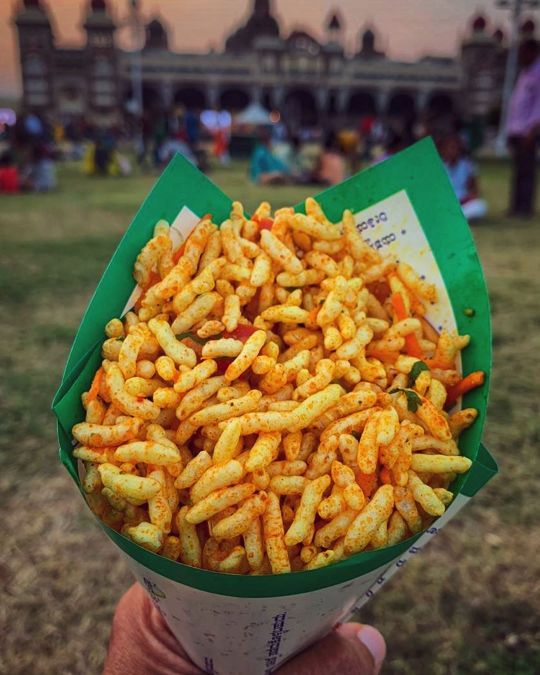
Churmuri - Just some random Mysuru evening things! 🏰 #mysurustreetfoodies #mysurustreetphotography #bangalorestreetfood #mysurufoodie #karnatakafoodie #mysorediaries #mysorepalace🏰 #mysuru_memes #mysuru_street_foodie #karnataka_nodi #mysurueats #arivomkadai #girmit #churmuri #mysuruchurumuri @karnatakafood @karnataka_nodi @foodygrams_karnataka #mysorediaries #mysoretourism #mysurupalace (at Mysore Palace) https://www.instagram.com/p/B7Qdof4JUj6/?igshid=vwcsgw1sl6c4
#mysurustreetfoodies#mysurustreetphotography#bangalorestreetfood#mysurufoodie#karnatakafoodie#mysorediaries#mysorepalace🏰#mysuru_memes#mysuru_street_foodie#karnataka_nodi#mysurueats#arivomkadai#girmit#churmuri#mysuruchurumuri#mysoretourism#mysurupalace
0 notes
Photo
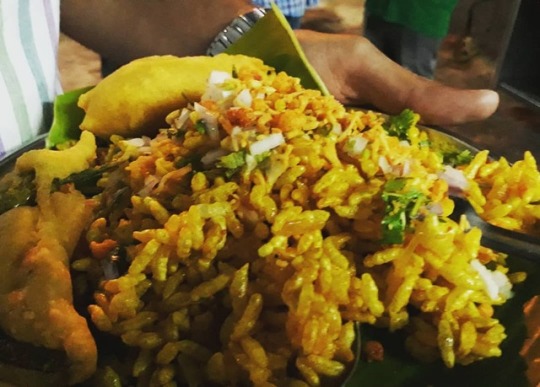
Being a Bengali I've had Jhaalmuri or puffed rice with spices as one of our staple evening snacks in Calcutta. Yesterday, I discovered something very similar. The word is 'Girmit'. A dish from North Karnataka consisting of puffed rice with spices along with a Mirchi Bhajji that's fried chilli. Different place different names but same concept same taste. Loved it! ♥️ . . . . . . . . #girmit #puffedrice #spices #karnataka #karnatakatourism #karnataka_ig #bangalore #northkarnataka #flavours #flavor #food #discovery #bangalore_insta #bangaloregram #bangaloreinstagrammers #bengalurudiaries #bengaluru_nodi #bengaluru_diaries #karnatakafood #tastebuds #basavanagudi #fooddiaries #karnatakadiaries #culture #Calcutta #Kolkata #chilli #concept #names #places #taste (at Basavanagudi) https://www.instagram.com/p/BncZEASni5e/?utm_source=ig_tumblr_share&igshid=ya2c1dl5t4td
#girmit#puffedrice#spices#karnataka#karnatakatourism#karnataka_ig#bangalore#northkarnataka#flavours#flavor#food#discovery#bangalore_insta#bangaloregram#bangaloreinstagrammers#bengalurudiaries#bengaluru_nodi#bengaluru_diaries#karnatakafood#tastebuds#basavanagudi#fooddiaries#karnatakadiaries#culture#calcutta#kolkata#chilli#concept#names#places
0 notes
Photo

Happy Girmit Day, Fiji!
#Fiji#binder#flag#flags#country flag#country flags#grunge flags#vintage flags#vintage#binders#school#back to school#school supplies#travel memories#travel journal
0 notes
Text
8 Wounds of Prejudice and Patriarchy: Healing Paradise
8 Wounds of Prejudice and Patriarchy: Healing Paradise
It’s rare that I am left speechless by anything. I am, after all, someone who writes a lot. But recently, a play by Larry Thomas did just that…it left me without any words to describe my experience. It was as if someone had taken key aspects of my life and put them on display in a wise, powerful way.
I watched the play, called The Accident, on opening night, and went back on closing night. After…

View On WordPress
#coups#domestic violence#fear#Fiji#gender#girmit era#girmityas#history#patriarchy#pejudice#race relations
0 notes
Photo

GIRMIT- A POPULAR SNACK OF NORTH KARNATAKA https://ift.tt/RftlmP9
0 notes
Text
Meri saheli magazine
Meri saheli magazinepublished this article page no 26 all such migrations were covered under the time-bound contract known as girmit act indian emigration act. however the living conditions of these indentured labourers were not better than the slaves. the second wave of migrants ventured out into the neighbouring countries in recent times as professionals artisans traders and factory workers in search of economic opportunities to thailand malaysia singapore indonesia brunei and african countries etc. and the trend still continues. there was a steady outflow of indias semi-skilled and skilled labour in the wake of the oil boom in west asia in the 1970s meri saheli magazine monthly subscription.
0 notes
Text
everytime I see Hindus in America being purely romantic about their religious community as being like “immigrant” and hence “innocent” it’s like...the temple my parents went to was built under the financial auspices of fracking money. smdh and now literal girmit indentured labor of Dalits (I don’t think it’s been on this scale before). fucking wake up.
10 notes
·
View notes
Text
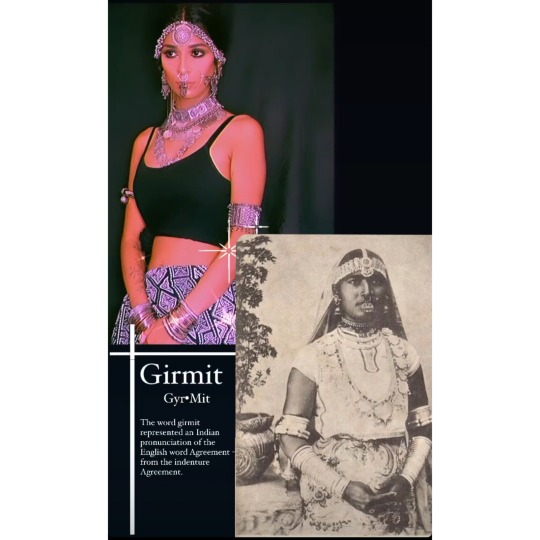

'Our Fijian culture is like none other, our language is our own, created to communicate from one person to another. Our identity is our own, carrying on from generation to generation.'
credit- ig: britts__
#indentured labour#indentured servitude#indentured servant#indenture#indentured#girmit#fiji girmit#girmityas#girmitya#coolie#coolies#fiji#indo fijian#fiji indian#fijian indian#india
12 notes
·
View notes